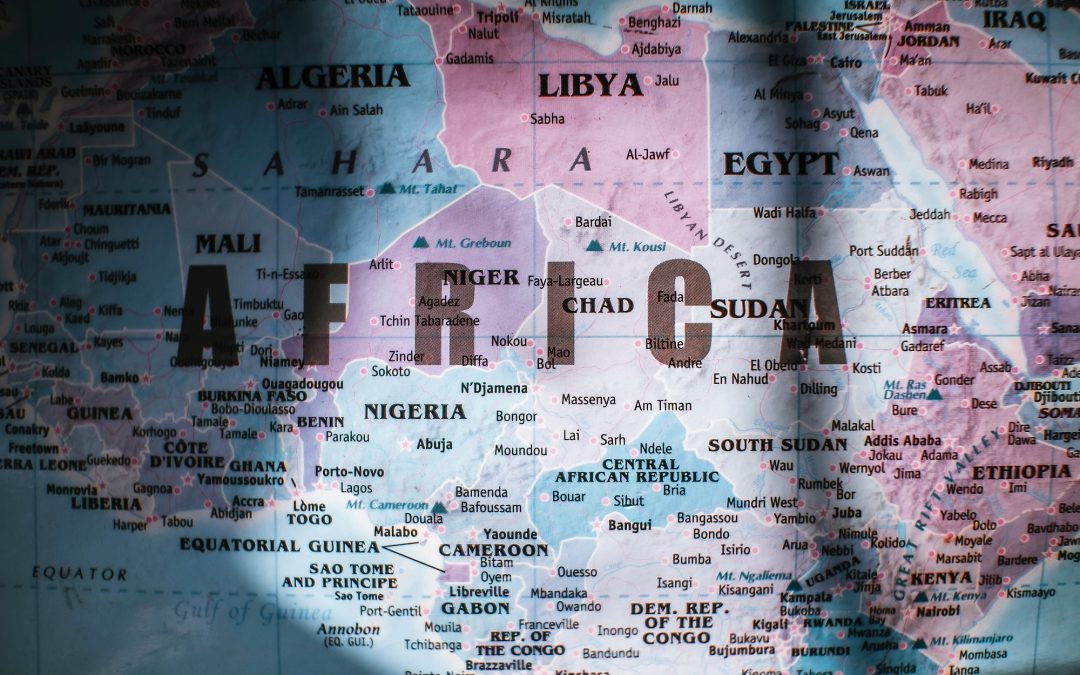Introduction.
The African Continental Free Trade Area (AfCFTA) paved the way to make remarkable touches on intra-African trade by establishing an integral trade agreement between the Member States that is mutually beneficial. Here in this article will discuss the concept of The AfCFTA, and its objectives and benefits.
What is the African Continental Free Trade Area (AfCFTA)?
The Free Trade Area of African continents is an Agreement established in 2018 on Free Trade in Africa. It covers 54 out of the 55 countries of the African Union. Since the creation of the World Trade Organization the free commercial activities area has been the biggest in the world in terms of the number of participating countries.
After that, other AU countries agreed and the official trade began. The African Continental Free Trade Area (AfCTFA) will provide opportunities and boost the economy in Africa. The international community is expecting sustainable growth and economic development by facilitating this intra-African import/export area.
“Creating a single, continent-wide market for goods and services, business and investment would reshape African economies. The implementation of The African Continental Free Area (AfCTFA) would be a huge step forward for Africa, demonstrating to the world that it is emerging as a leader on the global commerce agenda.”
Objectives and benefits of (AfCFTA)?
The African Continental Free Trade Area (AfCTFA) will provide possibilities and strengthen the economy in Africa. The international community expects sustainable growth and economic development by facilitating this intra-African trade area.
The Objectives and Benefits of The African Continental Free Trade Area (AfCTFA):
-
Consolidation of the trade market:
The principal goal is to create an African-style Single Market for goods and services. AfCFTA is required to implement protocols aimed at removing buying and selling goods barriers and cooperating with Member States on investment and competitiveness policies, intellectual property rights, dispute resolution, and other strategies for commerce liberation.
-
Economic strengthen and Trade variation:
UNECA anticipates that after the removal of import duties and non-tariff barriers, AfCFTA will strengthen intra-African commercial activities by 52,3%. The AfCFTA will cover a market share of $2.5 trillion in GDP. The transactions initiative will also diversify the activities within Africa, as it promotes more industrial goods than extractive goods and natural resources. More than 75% of African exports from outside the continent have historically consisted of extractive goods, compared to only 40% of intra-African trade.
-
Structure and implementation of collaboration:
A simple majority vote will be taken in all decisions of the AfCFTA institutions. Many key AfCFTA institutions exist. The Agreement is overseen, guided and interpreted by the AU Assembly. The Ministerial Council shall be designated and reported to the Assembly by the State Parties. Decisions concerning the Agreement are taken by the Council. The Senior Trade Officers Committee shall implement the Council decisions and supervise the development of the AfCFTA provisions. The Secretariat is established as an independent institution with Council roles and responsibilities.
-
Dispute settlement
Multi-stakeholder trading systems may arise in a state party which is considered a violation of the Agreement to implement commerce policies. For those opportunities that offer mediated consultation between the contested parties, AfCFTA has in place the dispute resolution mechanism. Only state parties, not private enterprises, can access this mechanism.
-
Traders Security
As said by UNECA and the AFP, the number of informal cross-border movement of goods among women is estimated to be around 70%. Informal trading can vulnerable women to violence and harassment. With reduced tariffs, women can do business dealings through formal channels that won’t put women traders in dangerous situations in a more affordable way.
-
Developing small and medium-sized enterprises:
Small businesses on the regional markets are also opened up through the elimination of import duties. 80 percent of the region’s businesses comprise small and medium-sized enterprises. Increased trading also facilitates the trading of small business products for larger companies in the region.
-
Promoting industrialization:
The AfCFTA encourages competitive production. Africa’s manufacturing sector has the potential to double its size, from $500 billion in 2015 to $1 trillion in 2025, creating stable employment at 14 million, by successfully implementing this new commercial initiative.
-
Making a significant contribution to sustainable development
The AfCFTA contributes to goals in the United Nations 2030 Agenda for Sustainable Development. Objective 8 of the Agenda, for example, is decent work and economic growth and objective 9 is to promote industry. The AfCFTA initiative contributes to Objective 17 as it reduces the continent’s dependence on external resources, promoting the development of independent financing.
Conclusion
In summary, AfCFTA will establish a consolidation market for goods and services in the aim of producing trade among its member countries. Traditionally, Africa has had a low level of internal trade. In 2017, intra-African exports accounted for 16.6% of main export, especially in comparison to 68.6% in Europe and 59% in Asia.
Expand Your Trade
IOR Africa is here to help you expand your trade through Trade Compliance, Customs Clearance, and IOR and EOR Services.
Read More Related Blogs:
e-commerce in South Africa
What Is A commercial Transaction?
IOR Responsibilities
What Is Trade Compliance?
Learn More about:
What Is An Exporter Of Record?


Recent Comments